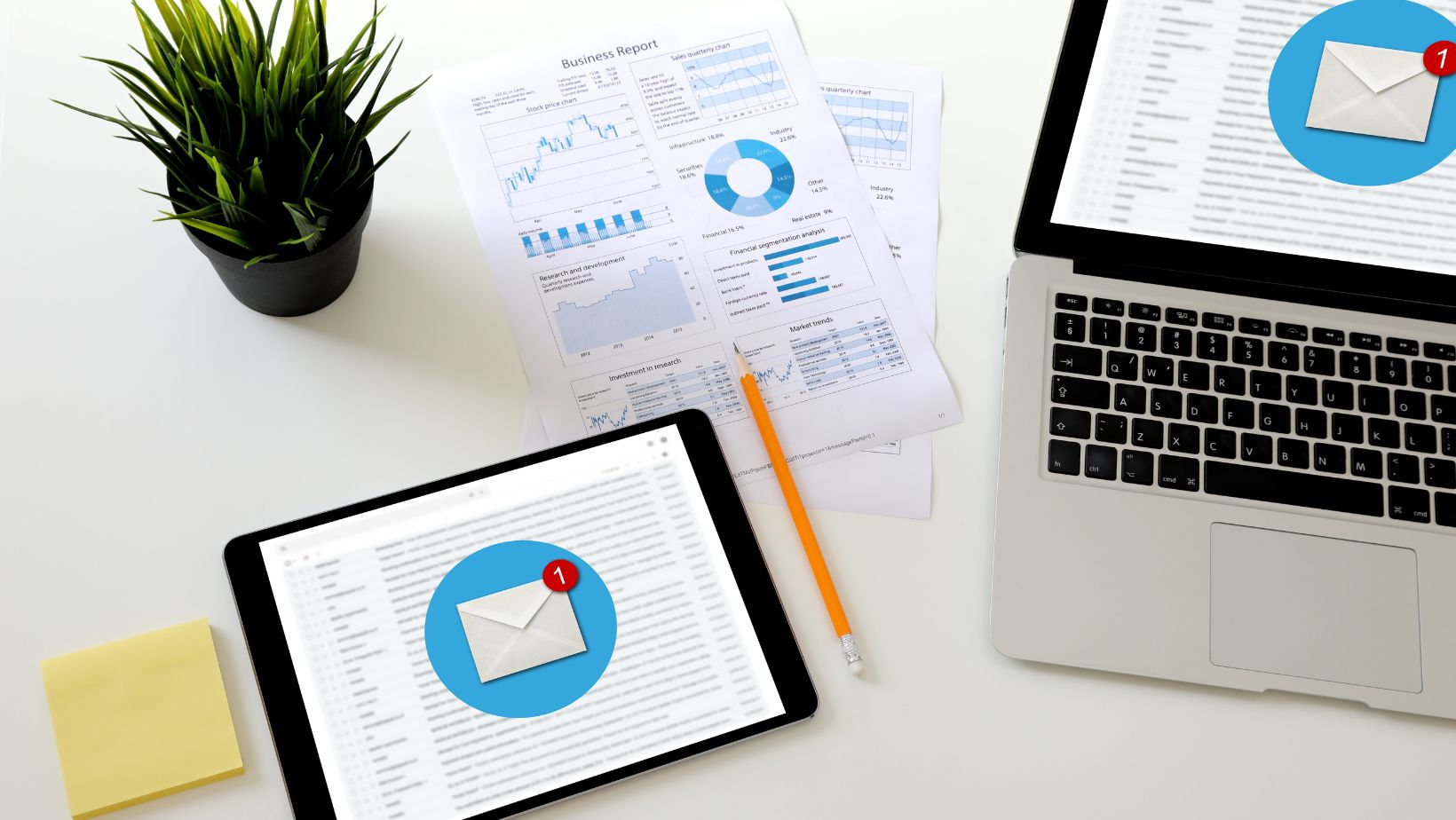
Running a business is unpredictable. One moment, you’re managing orders, paying vendors, and closing deals, and the next, a client payment delays, equipment breaks down, or unexpected tax bills land on your desk. If you’re in a situation where your business urgently needs money, you’re not alone. Many business owners, even the most seasoned ones, have faced these moments of financial pressure.
So, what do you actually do when your business needs cash — fast?
This post outlines real, practical solutions business owners can consider when they need emergency financial help. No fluff — just actionable insights.
Understand the Root of the Financial Crunch
Before taking any external action, stop and analyze: why are you short on funds?
- Is it a sudden expense?
- Is your revenue cycle broken or delayed?
- Are you dealing with seasonal slowdowns?
- Did you overinvest in inventory or marketing?
Identifying the cause helps in two ways:
- You’ll know whether this is a one-time issue or part of a larger pattern.
- It influences what type of financial help will suit your situation best — a bridge loan, line of credit, invoice factoring, or restructuring costs.
1. Tap Into Business Line of Credit (If You Already Have One)
Many small businesses set up a revolving line of credit for times like this. It works like a credit card — you borrow only what you need and pay interest on what you use.
If you already have one, this might be your fastest route. Funds can often be accessed within 24 hours. If you don’t have one yet, you won’t be able to apply and get approved immediately during an emergency. But it’s a good long-term safety net to build once you’re out of the crisis.
2. Look Into Short-Term Business Loans
If you’re looking for fast funding (as in, within a few days), a short-term business loan is one of the most realistic options. These loans are designed for quick access to capital — typically between $5,000 to $250,000 — and are often approved based on your revenue, not just your credit score.
Several online lenders specialize in same-day or next-day disbursements. The catch? Interest rates can be high if your business is considered high-risk, and repayment terms are shorter (usually 3–18 months). Use them for covering short-term cash flow gaps — not for long-term projects.
3. Invoice Factoring: Turn Unpaid Invoices Into Cash
One of the most underrated solutions is invoice factoring — especially if you run a B2B business and have thousands stuck in unpaid invoices.
Here’s how it works:
You sell your unpaid invoices to a factoring company, and they give you up to 90% of the invoice value upfront. When your client pays, the factoring company sends you the rest (minus their fee).
It’s not a loan, so your credit score isn’t a major concern. But your client’s payment history is. This is ideal for service providers, wholesalers, or consultants with solid receivables.
4. Merchant Cash Advance (Use With Caution)
If your business processes a lot of credit card payments — say, you run a café or retail store — a merchant cash advance (MCA) is another way to get emergency funds.
You get a lump sum based on your daily card sales, and the lender automatically deducts a percentage from your future transactions until the amount is paid back.
It’s fast. But it’s also expensive. MCAs are one of the most costly forms of financing, with APRs sometimes exceeding 100%. Only consider this if your cash flow can comfortably support the daily deductions.
5. Emergency SBA Loans — Yes, They Exist
The Small Business Administration (SBA) isn’t just for long application processes and traditional loans. In times of regional disasters, pandemics, or economic downturns, SBA emergency relief options — like the Economic Injury Disaster Loan (EIDL) — become available.

Even during non-crisis times, microloans or Community Advantage loans can sometimes be fast-tracked through SBA-approved lenders. These loans come with lower interest rates and better terms than online lenders, but they’re slower. Think weeks, not days.
6. Crowdfunding or Peer Lending: More Accessible Than You Think
Don’t underestimate the power of platforms like Kiva, GoFundMe, or Fundbox. Some of these platforms allow peer-to-peer lending, where everyday investors fund your business in small amounts.
If you’ve got a loyal customer base or a compelling story (e.g., a bakery trying to reopen after a fire), you’d be surprised how effective a local campaign can be. These aren’t “fast money” sources per se, but if you combine them with social reach, they can bring results within a week.
7. Revisit and Cut Immediate Expenses
Sometimes the fastest cash is the cash you don’t spend.
Take an honest look at your current expenses:
- Can you pause software subscriptions?
- Can vendor payments be renegotiated?
- Can inventory orders be delayed?
- Are you spending on ads that aren’t converting?
This is about liquidity, not profitability. Even delaying a few payments by 15 days can give you the breathing room to implement a longer-term fix.
8. Look for Grants or Local Emergency Assistance
You’d be surprised how many local economic development agencies, non-profits, or corporate initiatives run emergency relief programs for small businesses.
Check your city or state’s small business portal. Large banks like Wells Fargo and corporate foundations often offer grants or zero-interest loans for businesses in certain demographics or regions.
While you shouldn’t rely on these as your only lifeline, they’re worth exploring — especially if you’re a minority-owned or women-owned business.
9. Use Personal Resources (With Strategy)
If you’re truly cornered, using personal credit cards, home equity, or borrowing from friends/family becomes an option — but one that must be treated like a business decision.
Here’s the key:
Treat it like a formal loan. Create a repayment plan. Write terms down. Keep personal and business finances as separate as possible, even if you’re temporarily tapping into personal sources.
10. Partner with Affiliates and Referral Networks
Sometimes the cash doesn’t come from loans — it comes from fast revenue.
If your business can set up a quick partnership, referral deal, or service bundle with another business in your space, you might be able to generate income rather than borrowing it. For example, web developers can cross-sell with SEO consultants, and accountants can create short-term packages with payroll software firms.
And if you’re already in the finance or digital marketing space, you might want to consider promoting high-converting loan offers through a reputable business loan affiliate program. This allows you to earn commissions by referring others — potentially unlocking a passive or semi-active income stream without taking on more debt.
Final Thoughts: Solve Today, Plan for Tomorrow
When your business is facing a financial emergency, your top priority is staying operational. But once you’ve stabilized — even temporarily — it’s critical to build a cushion for the future.
This means:
- Creating an emergency fund
- Establishing a line of credit in advance
- Keeping overheads lean
- Tracking your cash flow weekly
- Diversifying revenue channels
Even the most profitable businesses face emergencies. The difference lies in how prepared they are to bounce back without compromising their long-term goals.


















